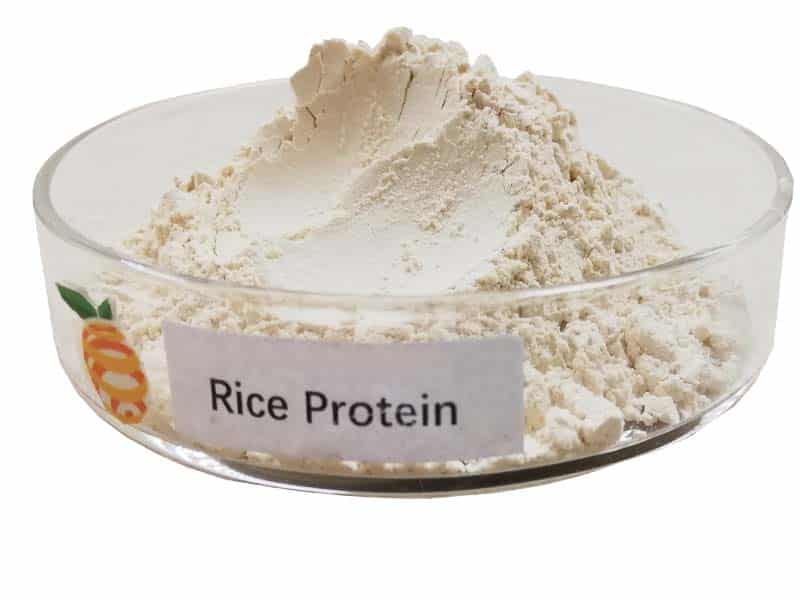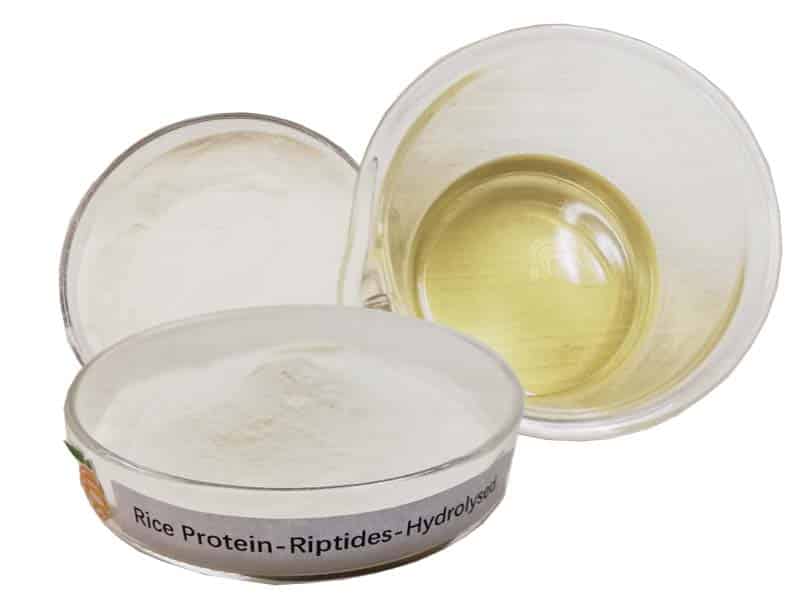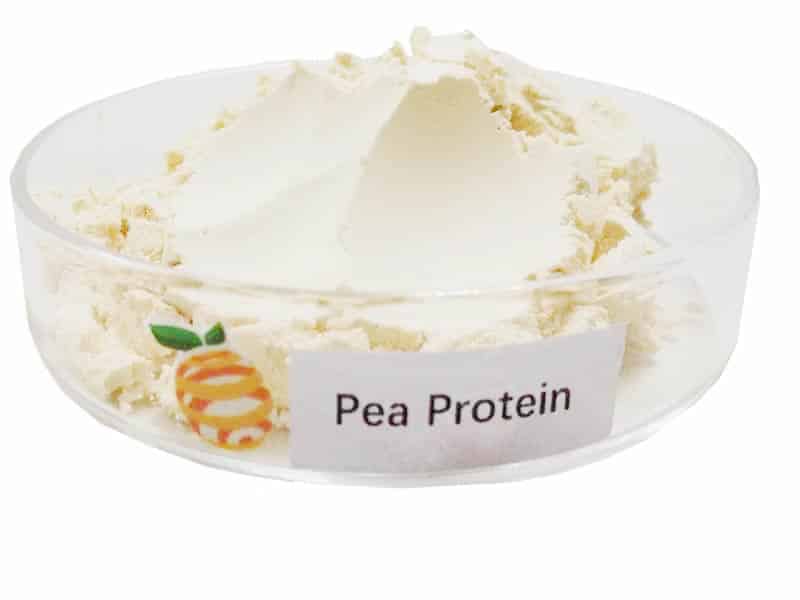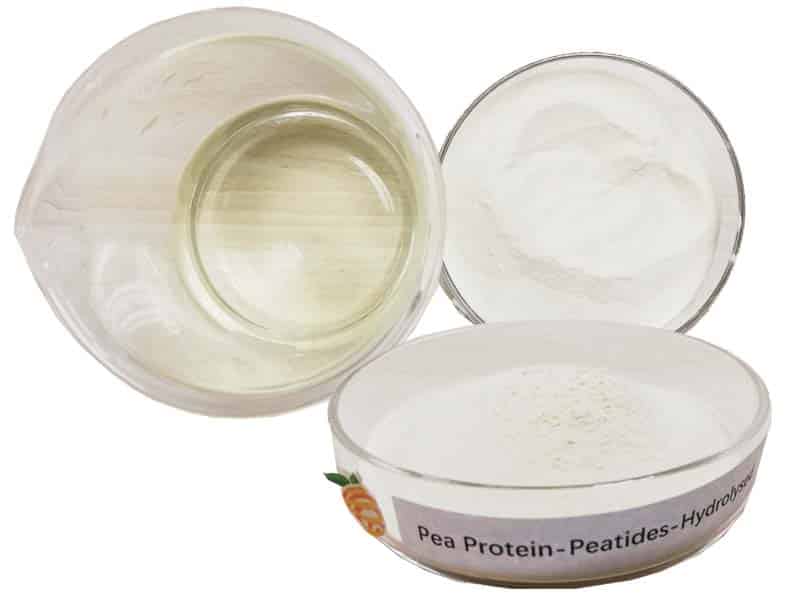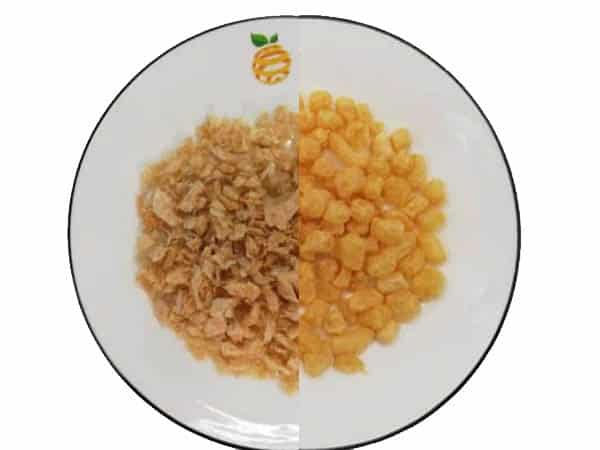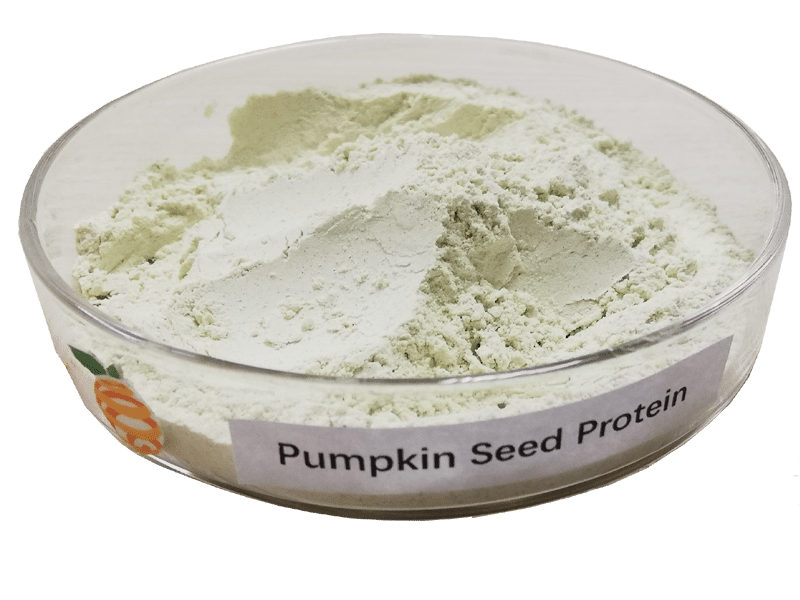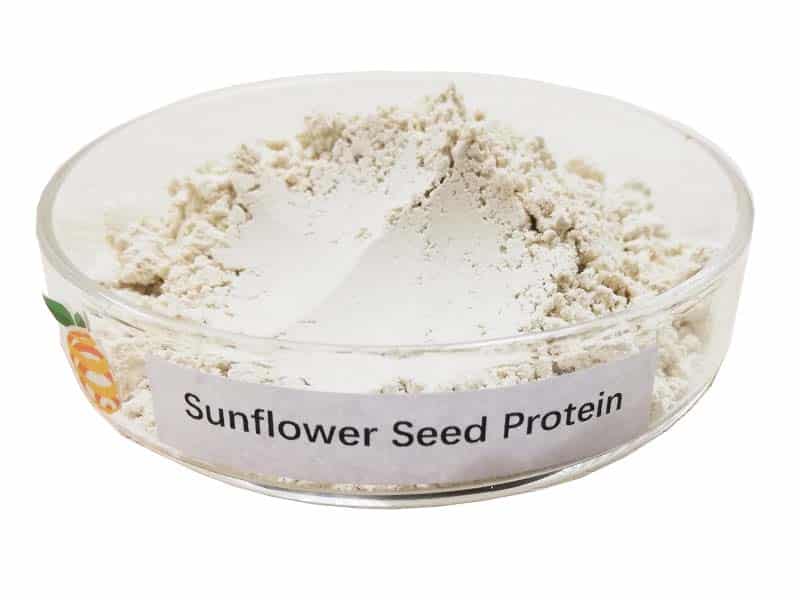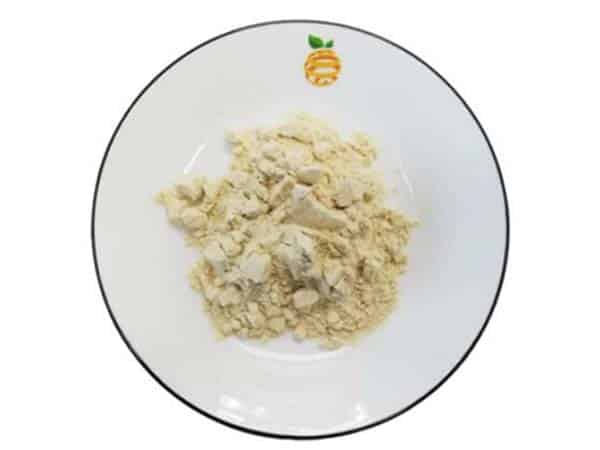NAD and NADH Difference: Explained Clearly
-
Table of Contents
NAD and NADH Difference: Explained Clearly
In the realm of cellular biology, Nicotinamide adenine dinucleotide (NAD) and its reduced form, NADH, play pivotal roles in the processes that convert food into energy and maintain cellular health. Understanding the differences between NAD and NADH is crucial for comprehending how cells harness energy from nutrients and how this impacts overall health and disease management.
Understanding NAD: The Energy Currency of the Cell
NAD is a coenzyme found in all living cells and is central to metabolism. It acts as a carrier for electrons and hydrogen, facilitating the transfer of these particles within the cell. This transfer is crucial for the production of adenosine triphosphate (ATP), the energy currency of the cell. NAD exists in two forms: NAD+ (oxidized form) and NADH (reduced form). The transformation between these two forms is at the heart of cellular energy production.
The Role of NAD+
NAD+ is involved in several key processes within the cell, including metabolism, DNA repair, and gene expression. It is essential for the oxidative phase of cellular respiration where it accepts electrons from food molecules in the form of hydrogen. This process transforms NAD+ into NADH.
- Acts as an oxidizing agent – accepts electrons from other molecules.
- Essential for the function of several key enzymes.
- Plays a significant role in the regulation of cellular aging and maintaining healthy sleep cycles.
The Role of NADH
Once NAD+ is reduced to NADH, it holds the electrons and becomes a vital player in the energy production process. In the mitochondria, NADH contributes these electrons to the electron transport chain, a series of reactions that generate ATP.
- Acts as a reducing agent – donates electrons to other molecules.
- Integral to the production of ATP during the electron transport chain.
- Helps in restoring antioxidants in the cell, which are crucial for combating oxidative stress.
Key Differences Between NAD and NADH
Understanding the differences between NAD and NADH is essential for appreciating how energy balance and redox reactions are maintained in the cell. Here are the main distinctions:
- Chemical Structure: NAD+ has an extra positive charge on the nitrogen atom in its adenine ring, which NADH does not have due to the addition of two electrons and one proton.
- Role in Metabolism: NAD+ primarily functions as an electron acceptor, while NADH is an electron donor.
- Physiological Role: NAD+ is crucial for activating enzymes that repair and maintain DNA, whereas NADH is fundamental in energy production.
Biological Significance and Health Implications
The balance between NAD+ and NADH is vital for maintaining cellular health. Disruptions in this balance can lead to metabolic disorders, neurodegenerative diseases, and aging. Increasing NAD+ levels through diet, exercise, and supplements can help enhance DNA repair, increase lifespan, and prevent metabolic and degenerative diseases.
Conclusion
The interconversion of NAD and NADH is a fundamental aspect of cellular metabolism, impacting everything from energy production to aging. By understanding the differences and functions of these coenzymes, researchers continue to uncover ways to enhance human health and longevity through potential therapeutic interventions.
Explore ETprotein’s High-Quality Protein Products
If you’re looking to enhance your health regimen, consider exploring ETprotein’s range of high-quality protein products. Their extensive selection includes organic and clear proteins derived from various sources, ensuring you receive the best nutrition for your needs.
ETprotein is NADH Factory Manufacturer and Supplier in China, Check further information by visiting the NADH Product Page
Request Quotation and Samples of NADH from ETprotein
About ETprotein
ETprotein, a reputable protein and elite nutrition ingredients NADH Chinese factory manufacturer and supplier, is renowned for producing, stocking, exporting, and delivering the highest quality organic bulk vegan proteins and elite nutritional ingredients NADH. They include Organic rice protein, clear rice protein, pea protein, clear pea protein, watermelon seed protein, pumpkin seed protein, sunflower seed protein, mung bean protein, peanut protein. Their offerings, characterized by a neutral taste, non-GMO, allergen-free attributes, cater to a diverse range of industries. They serve nutraceutical, pharmaceutical, cosmeceutical, veterinary, as well as food and beverage finished product distributors, traders, and manufacturers across Europe, USA, Canada, Australia, Thailand, Japan, Korea, Brazil, and Chile, among others.
ETprotein specialization includes exporting and delivering tailor-made protein powder and finished nutritional supplements. Their extensive product range covers sectors like Food and Beverage, Sports Nutrition, Weight Management, Dietary Supplements, Health and Wellness Products, and Infant Formula, ensuring comprehensive solutions to meet all your protein needs.
As a trusted company by leading global food and beverage brands and Fortune 500 companies, ETprotein reinforces China’s reputation in the global arena. For more information or to sample their products, please contact them and email sales(at)ETprotein.com today.

